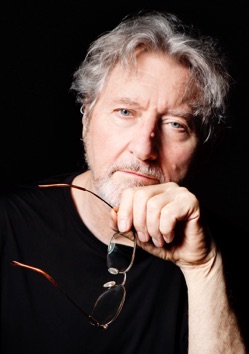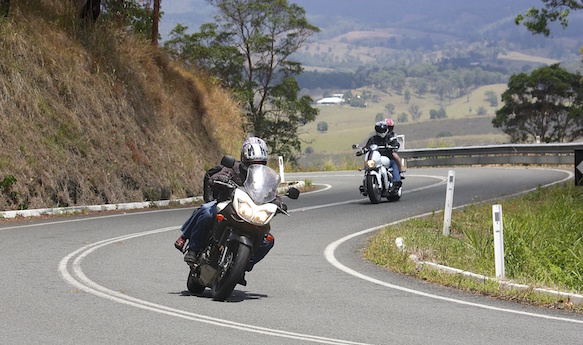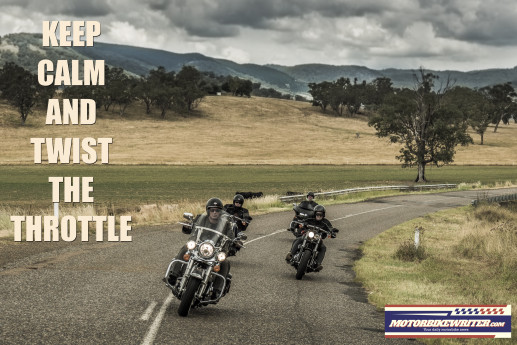Motorcyclists seem to have been sidelined in a long-awaited university study that experts believe would help one of the most vulnerable road users.
Australian Naturalistic Driving Study not only excludes motorcyclists, but also people aged over 70 and is restricted to people in Sydney, regional New South Wales, Melbourne and regional Victoria.
Emeritus Professor of Transport Marcus Wigan says the study, involving the CSIRO and Monash and Australian National universities, has been eagerly awaited for decades.
He says it is important because it doesn’t just concentrate on fatal accidents, but also injury accidents, incidents and motorists who have never had an accident.l
“The study is asking for volunteers to be involved, but when you go to volunteer you find it excludes riders and anyone over 70 yet they makes lots of loud noises about the dangers of older riders,” he says.
“The cognitive dissonance of these two strategies needs to be challenged.”

Marcus points out that the average age of learner riders is in the 30s and the average age of riders is over 50.
“So it becomes important to pay positive attention to the experience of the over-70s and those coming behind them to make positive steps.”
Marcus believes that motorcyclists would be interested in taking part in the study.
“Motorcyclists are extremely interested in their own safety, yet there is no wish to cover riders or anyone over 70, yet a remarkable amount of energy is pointed to both.
“The experience of long-time riders with clean records is important to road safety.
“I’m one of them and I don’t understand what I do. I know that I will slow up for no reason, but I do not know why I do this. I have not been hit or hit anything since 1956 and I ride all the time. I want to know why.”
Marcus says the government and authorities spend taxpayer dollars on road safety education and punitive fines, but little on important studies such as this which could lead to rewarding good and safe motorists.
“They spend a huge amount of community resources and expenses on hectoring, restrictions and controls and not as much on co-operative support and active positive engagement.”
In other words, all stick and no carrot!



